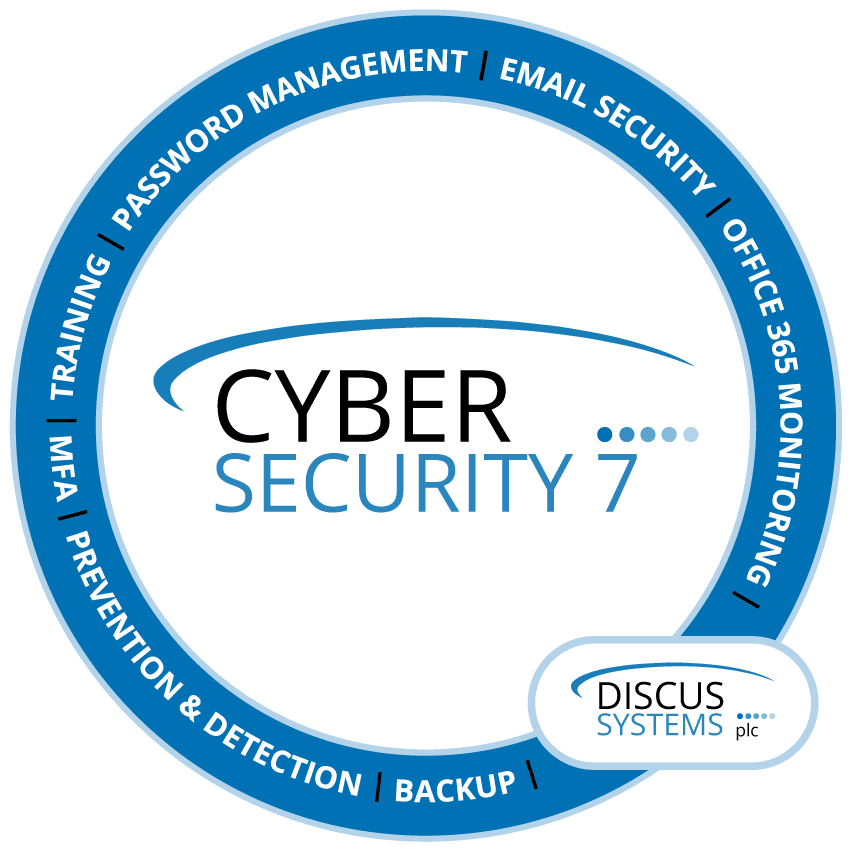02 June 1966 : Getting Off The Ground Isn’t Always Easy!
Chuck Yeager (famous for being the first to break the sound barrier) mentioned in his excellent autobiography that whilst he was training Neil Amstrong in high-altitude flying, he found him a little a bit cocky. In fairness, Neil did have a training crash at one point and was lucky to survive – these were very risky episodes indeed for these exceptional pilots and Chuck later acknowledged that Neil had one of the best engineering minds around, which was high praise indeed from him.
So how could NASA know this brave young man wouldn’t simply ‘drown in dust’ when landing on the moon and not be able to get back up?
57 years ago next week on June 2nd, 1966, the Surveyor I successfully landed on the moon’s surface. This soft-landing was a crucial step in preparation for the ambitious Apollo Program, whereby the Surveyor I spacecraft achieved what no other vehicle had accomplished before: a precise and successful landing on the moon on its first attempt. Its goal was to gather essential information about the moon’s surface, including its composition, texture and its load-bearing capacity – critical information for the Apollo missions.
The Surveyor Program comprised a series of missions designed to explore the moon. In total, NASA launched seven Surveyor spacecraft, each contributing vital information about the lunar surface. One of the key pieces of information was the depth of the dust on the moon’s surface, which indicated that an astronaut could in fact land on the moon safely.
NASA contracted the renowned Hughes Aircraft Company for the design and construction of the spacecraft. Hughes Aircraft Company, famous for its contributions during World War II in developing prototype aircraft, were instrumental in the successful design and execution of Surveyor I. As an aside, Theodore Maiman was an employee of Hughes Aircraft Company when he designed and fired the first ever laser (on May 16th 1960) and his technology subsequently helped measure the distance from earth to the moon with much more accuracy.
This story of Surveyor I – 57 years ago this week is a great example of how combining the expertise of two different organisations, NASA was able to achieve something that no one had ever done before.


